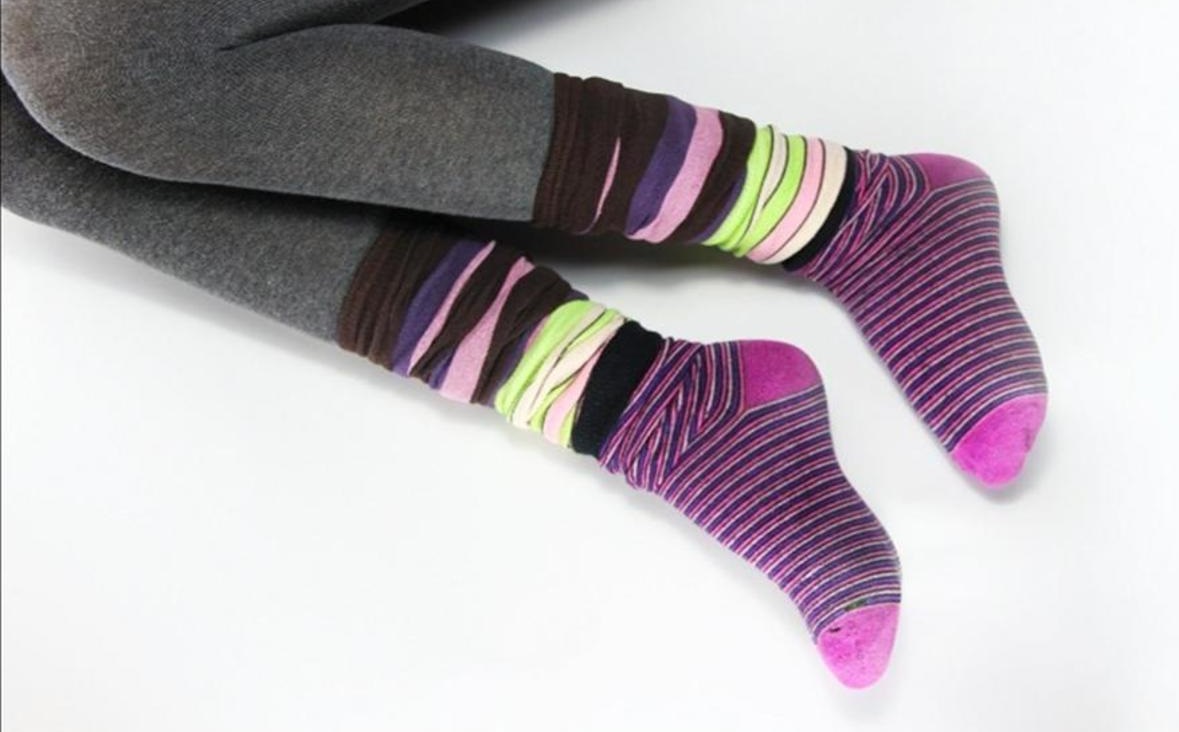Football demands attention to detail and there are few areas that demonstrate this more than the socks players wear. From cutting their socks high to incorporating tube socks, footballers are finding new ways to express themselves, whether for comfort, performance or style.
When it comes to the socks footballers wear, the debate is split into two camps: those who cut theirs up high and those who pull them down as low as possible. Both have their merits but the emergence of grip socks has changed the game. These feature black silicone spots or chevrons underneath that stick to a football boot’s insole, providing stability. This helps reduce the likelihood of slips, reducing friction and helping players avoid blisters.
Grip socks also provide an extra level of support and protection. This is important because footballers’ feet tend to sweat a lot during matches, which can make the soles of their shoes slippery. This can cause the socks to slip inside the boots and create friction, which leads to chafing and discomfort. Grip socks prevent this from happening by keeping the socks in place, preventing the socks from moving and rubbing against the shoes.
While the grip socks can be worn with a wide range of football boots, they are particularly good for those who play in boots that have a very narrow toe box. In these situations, the socks can rub against the edge of the shoe, causing abrasions and tearing. Footballers who wear their socks a bit looser or use grip socks can avoid this problem, by ensuring that the socks are positioned correctly in the boot.
The most important factor when choosing a pair of sport socks is the material. A good pair will be made from a blend of materials that offer the best combination of comfort, fit and performance. The majority of sports socks are made from cotton, which is a great fabric for socks because it dries quickly and provides excellent insulation. However, the best socks are made from a blend of fabrics that offers the best balance between cushioning, flexibility, moisture-wicking and odor resistance.
Footballers can often choose the socks they wear from a large selection on offer at their club shops or online. In addition to the traditional football socks, there are also a number of specialized pairs designed for different kinds of play. For example, baseball players traditionally wear stirrup socks that cover two layers of athletic socks, with one layer being a white sanitary sock and the other a colored or monogrammed oversock for identification purposes. Other specialized pairs include soccer socks that accommodate shin guards and basketball socks that are right/left foot specific. There are even some that incorporate a special padding for the knees to protect athletes from turf burns.sport socks football







Leave a Reply